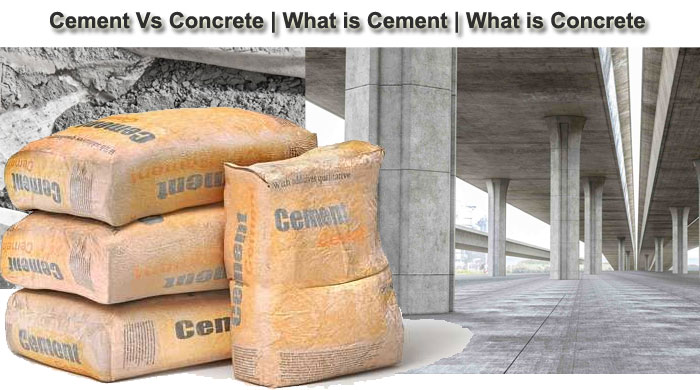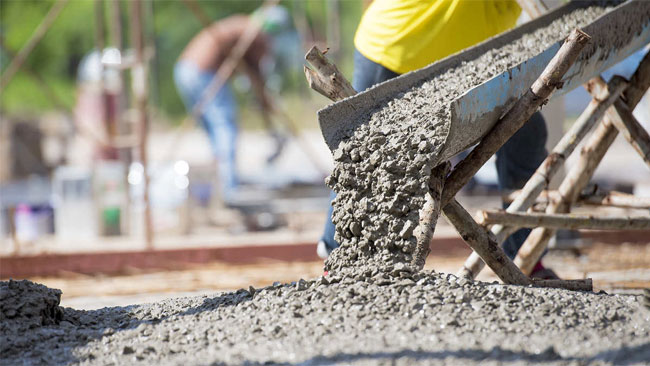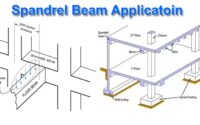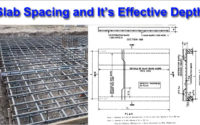Difference Between Cement and Concrete | Cement Vs Concrete | What is Cement | What is Concrete
Cement and concrete are frequently confused, and it is a popular misperception that the two phrases are interchangeable.
When speaking with building specialists, knowing the basic foundations of each, such as history, composition, and differences, can help you get more knowledge.
First and foremost, cement is a component of concrete. Concrete is the finished product that is used to build foundations, sidewalks, roads, and homes, as well as the infrastructure that surrounds them.
What is Cement?
Cement is a binding agent that can be used to join different types of building materials. Portland cement and asphalt cement are the two most common forms in the construction sector.
One of the most important elements in concrete is Portland cement. It can be in either a dry powdery form before being mixed with water or a paste (mortar) that hardens and adheres to whatever it comes into contact with.
Portland Cement Made From:
Cement is made from limestone, shale, iron ore, and clay, which is mined, crushed and filtered before being fired in a kiln. These components form a little ball called “clinker” after being heated to extremely high temperatures, which is then finely ground to generate portland cement.
Blasting limestone (and other elements) from a quarry is the initial stage in cement production.
The materials are reduced in size before being transferred to a processing plant.
Other materials, such as sand, clay, shale, iron ore, plaster, and minerals, are then ground with limestone to make raw flour with a consistent size and chemical composition.
The raw meal is then cooked in an oven that reaches temperatures of over 2,642 degrees Fahrenheit (1,450 degrees Celsius), which is hotter than molten lava erupting from a volcano!
What is Concrete?
Concrete is a long-lasting construction material that includes cement as one of its constituents. Concrete is made out of four main ingredients: cement, stone, sand, and water. The less water added to a concrete mix, the more durable it will be.
The cement, which acts as a binding agent, is activated by the water used in concrete. The cement binds the coarse and fine aggregates in the mix together. Mixtures with larger aggregates are often more durable than those with finer particles.
The final product of mixing cement, aggregates (including sand), water, and mixes is concrete. It is initially pliable in its “wet” condition before solidifying and increasing strength and durability over time.
The Roman Empire was the first to employ concrete. The Romans utilized a mixture of quick lime, pozzolana, and a pumice aggregate, despite evidence that prior civilizations used a different type of concrete.
Built-in 120 A.D., the Pantheon is the world’s biggest unreinforced concrete dome.
Differences Between Cement and Concrete:
Despite the fact that the phrases cement and concrete are sometimes used interchangeably, cement is a component of concrete. Aggregates and paste are mixed together to make concrete. Sand and gravel or crushed stone are used as aggregates, and the paste is made up of water and Portland cement.
By volume, cement accounts for 10 to 15% of the concrete mix. The cement and water solidify and bind the aggregates into a rocklike mass through a process called hydration. This hardening process lasts for years, resulting in a concrete that becomes stronger with age.
Portland cement is a general word for the type of cement used in almost all concrete, similar to how stainless steel is a type of steel and sterling silver is a type of silver. As a result, a cement sidewalk or a cement mixer is incorrect terminology; the proper terms are concrete sidewalk and concrete mixer.
Concrete Mix Design:
Concrete Mix design is the process of determining how to make this optimum concrete. When constructing a mix design, concrete workers must consider five major factors: workability, strength, durability, density, and appearance.






